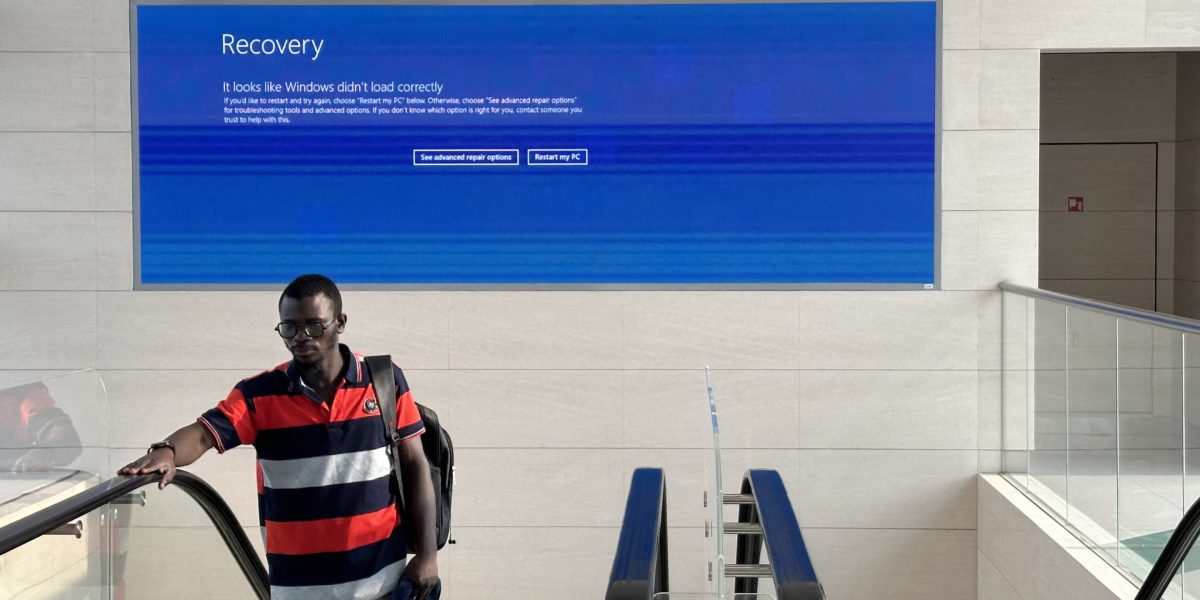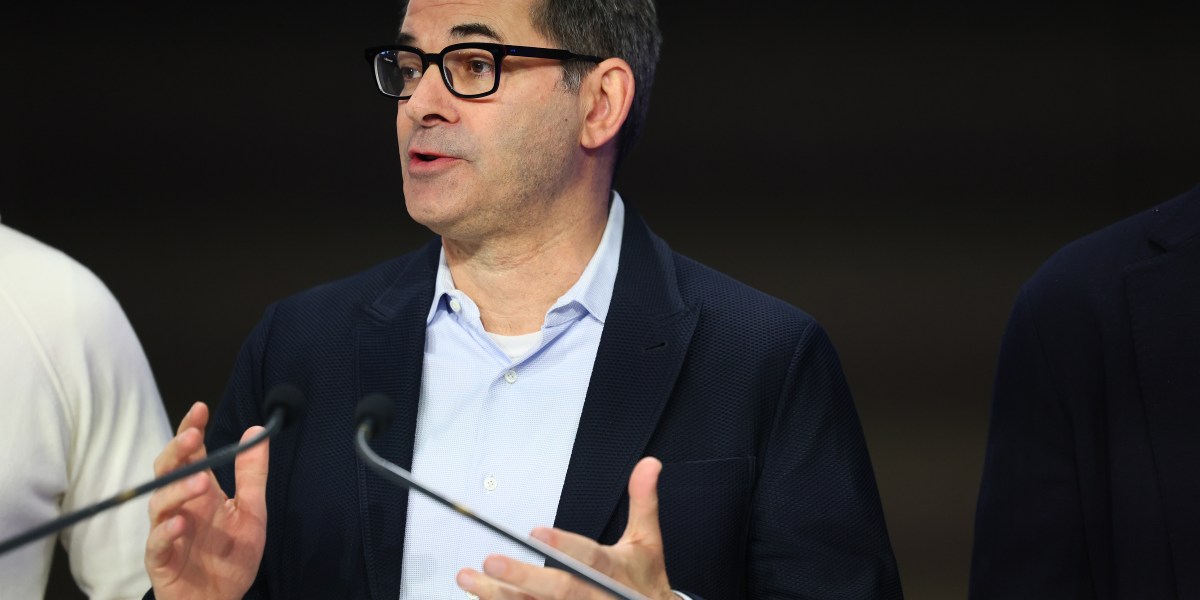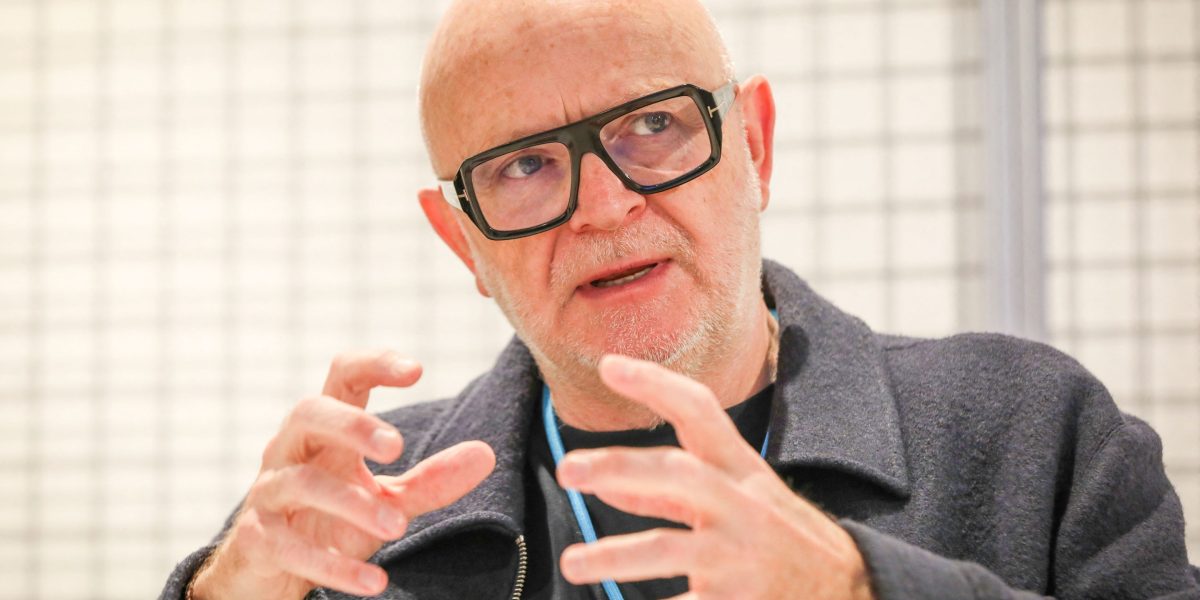Providing ubiquitous desktop software for decades, Microsoft has come in for jibes, mockery and even loathing even as it has helped millions of people get things done.
Every design decision is felt around the world for better or worse — often staying with people for years as a fond memory or a meme.
Here are a few of the ways Microsoft has marked computing culture:
Blue Screen of Death
A fixture since the very first versions of Windows — if mercifully much rarer these days — the Blue Screen of Death, or BSOD, is displayed when Microsoft’s operating system encounters a fatal error in a programme, or the application becomes unresponsive.
It has most commonly been a full blue screen with white text — originally composed by Steve Ballmer, who later went on to head the company — warning of the problem.
Some versions of the screen include error codes to help power users figure out what has gone wrong.
More recent editions of Windows have added a sad-face smiley in an apparent bid to sympathise.
While it has often offered the option to continue working by closing the programme or restarting the computer, many users have found the only way to escape it is by manually turning the machine off and on again.
Blissful background
In a breath of fresh air from previous versions of Windows, users booting up the 2001 “XP” edition were presented with a vision of lush, sun-dappled hills under a vivid blue sky.
For many who grew up using computers in the 1990s and 2000s, the idyllic desktop background now recalls a simpler time of after-school gaming or using still-novel online chat programmes to talk with friends.
Wine industry photographer Chuck O’Rear took what has been called “the world’s most-viewed picture” in 1996, after driving by a spot in California’s Sonoma County where vines had been torn up to fight the phylloxera pest.
Dubbed “Bliss”, the background can still be spotted in the wild today on systems that have not been updated in a while, and has spawned endless memes, parodies and now AI imaginings of what the rest of the scene might look like.
Inviting melodies
2001 was far from the beginning of Microsoft’s attempts to craft a soothing environment for PC users.
The 1995 edition of the operating system played ethereal startup chimes as the machine laboured into life.
Windows 95’s enchanting startup sound was crafted by electronic music legend Brian Eno, who told news site SFGate in 1996 that the piece was like “a tiny little jewel”.
Commissioned to make it “inspiring, universal, blah-bah, da-da-da, optimistic, futuristic, sentimental, emotional,” Eno composed 84 clips before selecting the best — which was twice as long as the original three-and-a-quarter-second brief.
‘Helpful’ Clippy
Long before ChatGPT was helping to write essays or generate emails, Microsoft tried to back up users of its Office productivity suite with smart software.
From the late 1990s, an “Office Assistant” interactive animated character would pop up to offer help with the task it believed was at hand.
The best-remembered is chirpy paperclip “Clippy”, whose often mistaken assumption that Word users needed help writing letters spawned a million memes.
Assistant emerged from research suggesting that users experienced interactions with a computer like working with human colleagues.
It was a “truly tragic misunderstanding” of the study, interaction designer Alan Cooper later said.
“If people are going to react to computers as though they’re humans, the one thing you don’t have to do is anthropomorphise them,” he told broadcaster G4TV.
Nevertheless, nostalgics can find Clippy as the face of a ChatGPT-powered assistant for Windows 11 built by developers FireCube.
Secret flight simulator
Microsoft produces a highly detailed and well-loved series of games simply called “Flight Simulator” with recreations of real locations and aircraft.
Office workers without a joystick or high-end graphics card, though, could escape into a bizarre neon-tinged hilly landscape that they could fly around using only the mouse via a series of hidden inputs in Excel 97.
The scene, which also included the credits for the spreadsheet programme, is just one of dozens of hidden “Easter eggs” scattered through the company’s software over the decades.
This story was originally featured on Fortune.com
Source link

 Entertainment8 years ago
Entertainment8 years ago
 Politics8 years ago
Politics8 years ago
 Entertainment8 years ago
Entertainment8 years ago
 Entertainment8 years ago
Entertainment8 years ago
 Tech8 years ago
Tech8 years ago
 Tech8 years ago
Tech8 years ago
 Tech8 years ago
Tech8 years ago
 Politics8 years ago
Politics8 years ago







